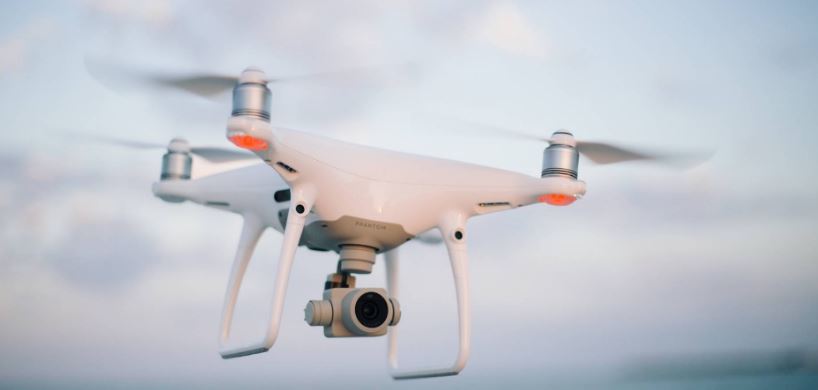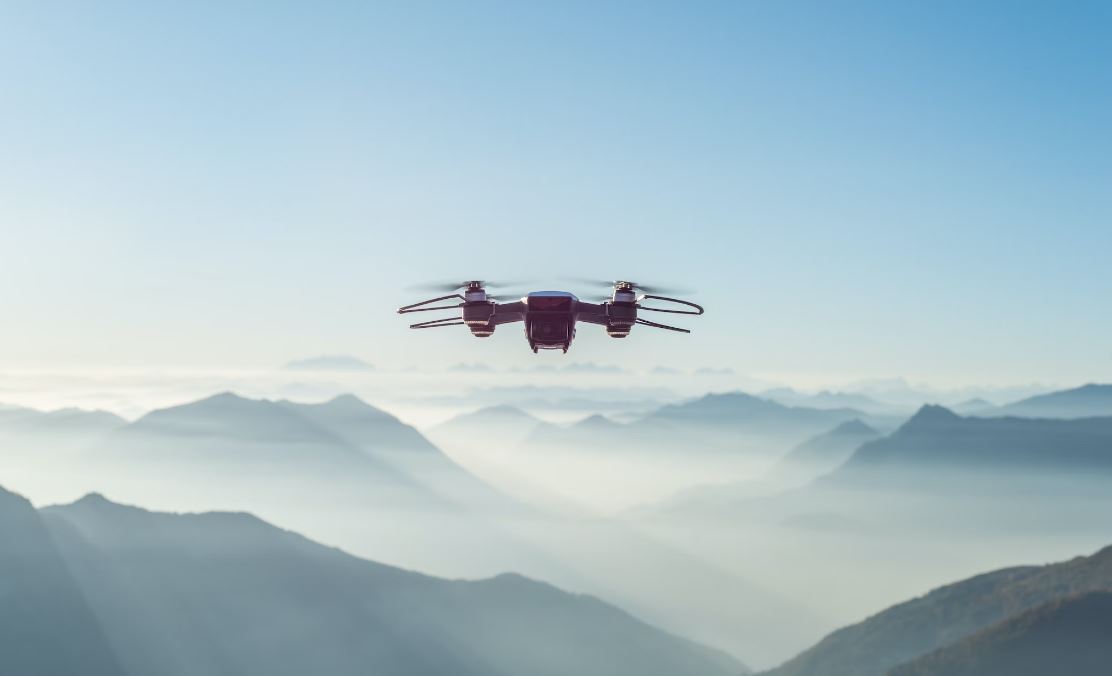Drone Insurance: In the swiftly evolving landscape of technology, drones have emerged as transformative tools with applications across industries such as agriculture and cinematography. However, the advantages of these unmanned aerial vehicles are accompanied by potential risks. Mishaps, technical glitches, and unforeseen incidents can lead to significant financial losses and liabilities. This is where drone insurance assumes a crucial role, offering protection for your investment and ensuring seamless operations. In this in-depth guide, we’ll delve into the realm of drone insurance, exploring its merits, diverse types, and key factors to consider.

Understanding Drone Insurance
Drone insurance constitutes a specialized form of coverage intended to shield individuals, businesses, and organizations engaged in drone operations. Analogous to conventional insurance, drone insurance provides a financial safety net in scenarios involving accidents, damages, theft, or third-party claims arising from drone activities. Whether you’re a recreational hobbyist or a professional drone operator, having appropriate insurance coverage can make a substantial difference.

Advantages of Drone Insurance
- Financial Security: The foremost advantage of drone insurance is its provision of financial security. In instances of crashes, equipment damage, or injuries caused by drones, insurance coverage can alleviate the burden of repair or replacement costs, medical bills, and legal responsibilities.
- Peace of Mind: Operating drones inherently entails certain risks. Having insurance in place imparts peace of mind, allowing drone operators to focus on their tasks without persistent concerns about potential financial setbacks.
- Legal Adherence: Depending on your geographical location and the nature of your drone activities, insurance coverage might be a legal prerequisite. Numerous countries or regions mandate liability insurance for commercial drone operations, promoting responsible and safe drone usage.
- Business Continuity: For enterprises heavily reliant on drones for services like aerial surveys, inspections, or deliveries, drone insurance is indispensable. It guarantees the continuity of operations even in the face of unexpected accidents or damages.

Types of Drone Insurance
- Liability Insurance: Liability insurance covers damages and injuries inflicted upon third parties due to drone operations. This encompasses property destruction, bodily harm, and legal expenses. Commercial drone operators often necessitate liability coverage to secure permits or licenses.
- Hull Insurance: Hull insurance, also recognized as physical damage insurance, insures the drone itself against damage from accidents, collisions, or natural disasters. This coverage proves valuable for both recreational users and commercial operators.
- Payload Coverage: Drones equipped with specialized equipment or cameras benefit from payload coverage, shielding against damage or loss of the attached payload—an aspect that can be financially burdensome to rectify.
- Personal Accident Insurance: This coverage extends financial support in the event of injuries sustained during drone operations. It covers medical expenditures, disability benefits, and even loss of income due to accidents.
Factors Influencing Drone Insurance Premiums
Numerous factors contribute to the calculation of drone insurance premiums:
- Drone Model: The specifications, dimensions, and features of the drone impact the premium. Sophisticated drones with advanced capabilities might incur higher premiums due to the elevated costs of repairs or replacements.
- Intended Use: Whether the drone is employed for recreational purposes, commercial operations, or specialized tasks like aerial photography or agricultural assessments can influence the insurance premium.
- Operator Experience: The operator’s proficiency and training influence premium determination. Operators with a history of safe flying and comprehensive training could benefit from reduced premiums.
- Coverage Limits: The coverage limits you opt for will directly affect the premium. Higher coverage limits deliver more extensive protection but could result in elevated premiums.
Selecting the Appropriate Drone Insurance
When choosing drone insurance, adhere to these pointers:
- Assess Your Requirements: Evaluate your drone utilization, encompassing its purpose, frequency of operation, and potential risks. This evaluation will facilitate the determination of the requisite coverage type and amount.
- Research Insurance Providers: Engage in research to identify reputable insurance providers specializing in drone coverage. Peruse reviews, juxtapose quotes, and ascertain that the provider comprehends the distinctive needs of drone operators.
- Grasp Policy Terms: Carefully read and comprehend the policy terms, incorporating coverage limitations, exclusions, deductibles, and claims procedures. Profound understanding mitigates surprises in the case of claims.
- Regulatory Compliance: For commercial drone operators, ensure that the insurance policy aligns with the regulatory mandates of your jurisdiction.
Conclusion
As drones perpetuate their transformative influence across diverse sectors, responsible operation and risk mitigation assume paramount importance. Drone insurance transcends mere prudence; it emerges as an indispensable tool for shielding investments and ensuring seamless operations. From fiscal protection and legal conformity to tranquility of mind, drone insurance furnishes an array of advantages that far outweigh its costs. By grasping the various coverage types, comprehending factors impacting premiums, and adhering to the steps for selecting the fitting policy, you can confidently unleash your drone’s potential, cognizant that you possess robust coverage against unexpected adversities. Whether you’re an amateur drone enthusiast or a seasoned commercial operator, drone insurance embodies an investment in the sustainability of your aerial pursuits.
FAQs
- What is drone insurance?
Drone coverage guards you if your device gets broken, covers costs when mishaps happen, and also steps in during lawsuits. - Who needs drone insurance?
Folks piloting drones for cash—or just for fun—should watch out around others or buildings. - How much does drone insurance cost?
Premiums change based on the drone model as well as the protection level—usually between $100 and $500 annually. - What does drone insurance cover?
Covers drone damage but also includes theft, plus harm to others’ property or any claims filed against you. - How do I get drone insurance?
Check insurers on the web, share your drone specs, then pick a plan matching how you fly.



